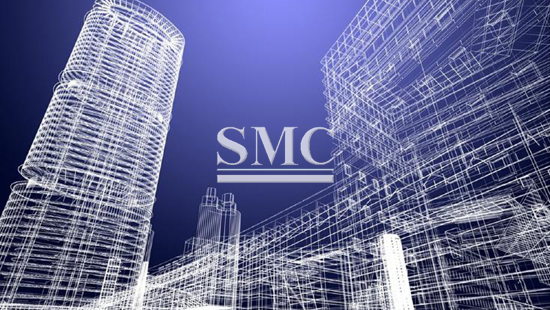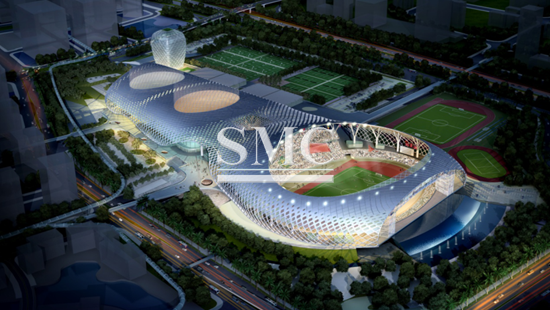
- Company overview The heart of SMC Vision & Philsophy Partnership Certifications Company culture
- Our service Design and Engineering Maintenance and Service Examine Production Line Upgrade and Transformation Storage and Logistics Processing, Trading and Distributor
- Management Our history Global responsibility Info Center
- Procurement center Internship
- Metal Steel Products Stainless Steel Products Aluminum Products Copper Products Galvanized Steel and PPGI Special Alloy Building Material
- Containers ISO Standard Container Equipment Container Storage Container Refrigerated/Reefer Container Offshore Container Container House Tank Container Container Fittings Container Trailer
- Gas Cylinder & Fire Extinguisher Cryogenic Liquid Cylinder Oxygen Gas Cylinder Storage Tank CNG Gas Cylinder LPG Gas Cylinder Hydrogen Gas Cylinder Nitrogen Gas Cylinder Industry Gas Cylinder Fire Extinguisher
- Metal Machinery Forming Machine Cutting Machine Processing Machine Bending Machine Block Machine Other Machinery Motor Spare Parts
- Mechanical Products Miscellany Mooring Equipment Marine Equipment Vehicle Industry Pressure Vessel Conveyor Belt Laser Equipment Bearing
- Electrical System Power Distribution Automation Electrical Cable Solar Power System Electric Protection System Transformer Production Line Lighting System
- Project Plastic Pipes and Pipe Fittings Fiberglass Reinforced Plastic Pontoon System
Future Steel Buildings
How Steel Buildings Compare To Concrete Tilt-Up Structures
Steel buildings and concrete tilt-up structures are two popular options for fast construction. While both methods offer definite strengths, each performs best in different situations. Here’s a look at how these building methods compare with each other.
Building Size
Steel is an excellent material for smaller buildings under 50,000 square feet because of the labor and equipment required for building concrete tilt-up structures. This is true despite the lower overall cost of steel compared to concrete. In buildings over 50,000 square feet, however, the cost of construction is offset by the cheaper price of concrete.
Flexibility in Design
Steel offers a high level of flexibility in the design and construction of custom buildings. When greater spans and numbers of bays are involved, pre-engineered steel building packages allow greater savings. However, more custom requirements will increase the cost of a steel building dramatically. At the same time, greater customization costs are sometimes included in kits for concrete tilt-up structures. This can mean easier budgeting related to permits, taxes, plumbing, finishing and foundation work.

Availability and Usage of Materials
Because steel is normally brought to the construction site from a distant location, this factors into the total cost of a project. By contrast, a concrete tilt-up structure can be made with locally produced concrete and wooden forms and may cost less as a result. However, steel can be used as soon as it arrives on site while concrete must be prepared, making it dependent on weather. Building speed is also faster with steel thanks to the ease with which it can be erected compared to concrete.
Resistance to Damage
Compared to concrete-tilt up structures, steel buildings are more vulnerable to fire but more resistant to earthquakes and wind. As a result, erection of a steel structure requires more attention to local building codes. Designers use a number of materials to reduce the risk of fire damage in steel structures, including fire-resistant panels and sprays, but they can still become distorted by fire very quickly. Concrete tilt-up structures can withstand significant fire without collapsing and endangering occupants.
Different Purposes
A steel building is generally best for a work structure that lacks heavy public traffic while a concrete tilt-up structure is more appropriate for buildings that will face heavy use for years to come. If vehicular or other accidents strike a steel structure, damage is often more expensive to repair than with concrete tilt-up. Storage buildings, aircraft hangars and workshops are dependable long into the future when constructed from steel, but buildings where security is important should use concrete tilt-up for greater safety.

Shanghai Metal Corporation is a trusted aluminum alloy, aluminum foil price, stainless steel price and stainless steel manufacturer, kinds of stainless steel in china.
